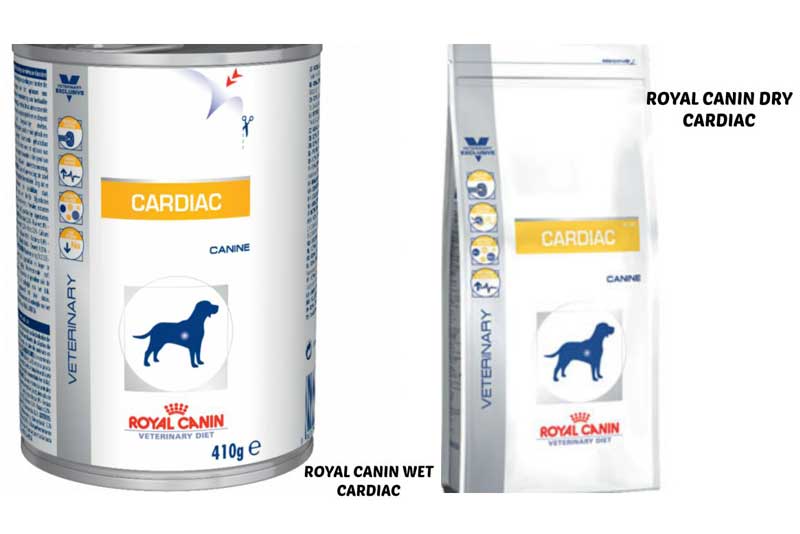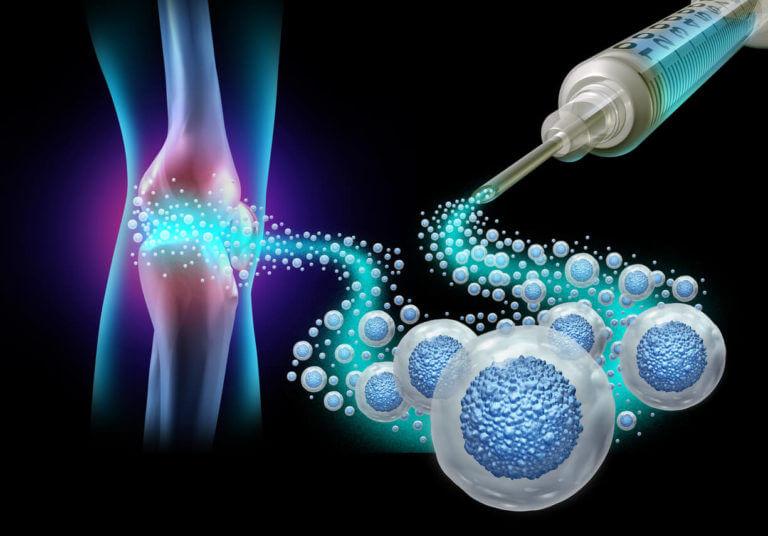
Exploring the Latest Advances in Stem Cell Therapy for Pets
As the fields of medicine and veterinary science continue to evolve, a remarkable frontier has emerged: stem cell therapy. Once confined to the realm of human treatment, this innovative approach is gaining traction among pet owners and veterinarians alike, promising new hope for our beloved companions. In an era where health advancements are reshaping our understanding of healing, stem cell therapy offers a glimpse into a future where age-old ailments and injuries can be addressed with remarkable efficacy. This article delves into the latest advances in stem cell therapy for pets, exploring how this cutting-edge technology is revolutionizing the way we care for our furry friends, and the implications it holds for veterinary practice. From regenerative medicine to enhanced quality of life, join us on a journey to uncover the potential of stem cells in the realm of animal health.
Table of Contents
- Understanding Stem Cell therapy: A Comprehensive Overview for Pet Owners
- Breakthrough Techniques: Pioneering Approaches in Veterinary Stem Cell Applications
- real-Life Impact: Success Stories and Case Studies in Pet Stem Cell Treatments
- Navigating Options: Choosing the Right Stem Cell Therapy for Your Furry Companion
- Final Thoughts
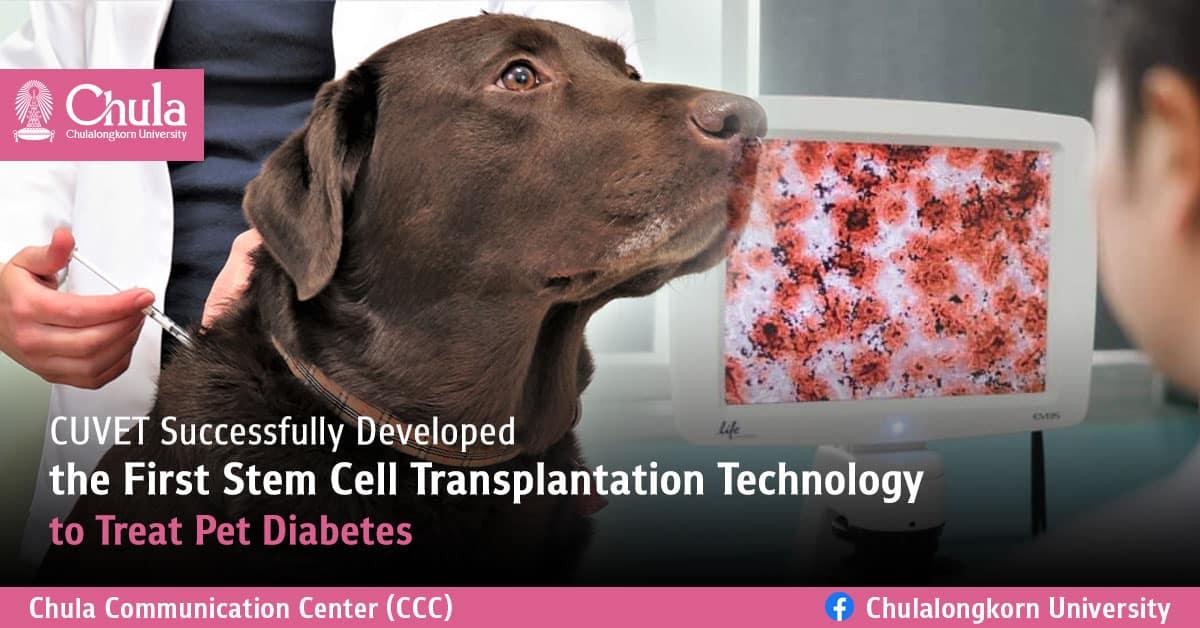
Understanding Stem Cell Therapy: A Comprehensive Overview for Pet Owners
Stem cell therapy is emerging as a potent treatment option for various conditions affecting pets, particularly those related to joint and tissue damage. Unlike traditional therapies that may merely mask symptoms, stem cell treatments work at the cellular level to promote healing and regeneration. Veterinarians are increasingly utilizing this innovative approach for pets suffering from chronic arthritis, tendon injuries, and even neurological issues. The therapy hinges on the ability of stem cells to differentiate into various types of tissues,potentially repairing damaged ones without invasive procedures. By harnessing the body’s natural healing capabilities, many pets experience notable improvements in mobility and quality of life.
The process generally begins with the collection of stem cells from the pet, typically harvested from adipose (fat) tissue or bone marrow. Once collected, stem cells are processed and reintroduced into the affected area through injection. These cells migrate to the site of injury, where they begin to interact with the existing tissues, promoting repair. Key advantages of stem cell therapy include:
- Minimally invasive: Unlike surgical options, this therapy often involves less risk and a quicker recovery time.
- Long-lasting effects: Many treatments have shown sustained improvement in pets over extended periods.
- Natural processes: Utilizing the body’s own cells reduces the risk of rejection and side effects associated with chemical medications.
However,pet owners should consult with a veterinary specialist to ensure that stem cell therapy is suitable for their pet’s specific condition. A thorough evaluation, including diagnostic imaging and a review of the pet’s medical history, can help determine the most effective treatment plan. While stem cell therapy is gaining traction, it may not be universally applicable for all ailments, and ongoing research continues to unveil its full potential. Here’s a brief comparison of common treatment options:
| Treatment Method | Invasiveness | Recovery Time |
|---|---|---|
| Surgery | High | Weeks to months |
| Stem Cell Therapy | Low | Days to weeks |
| Medication | Variable | Ongoing |
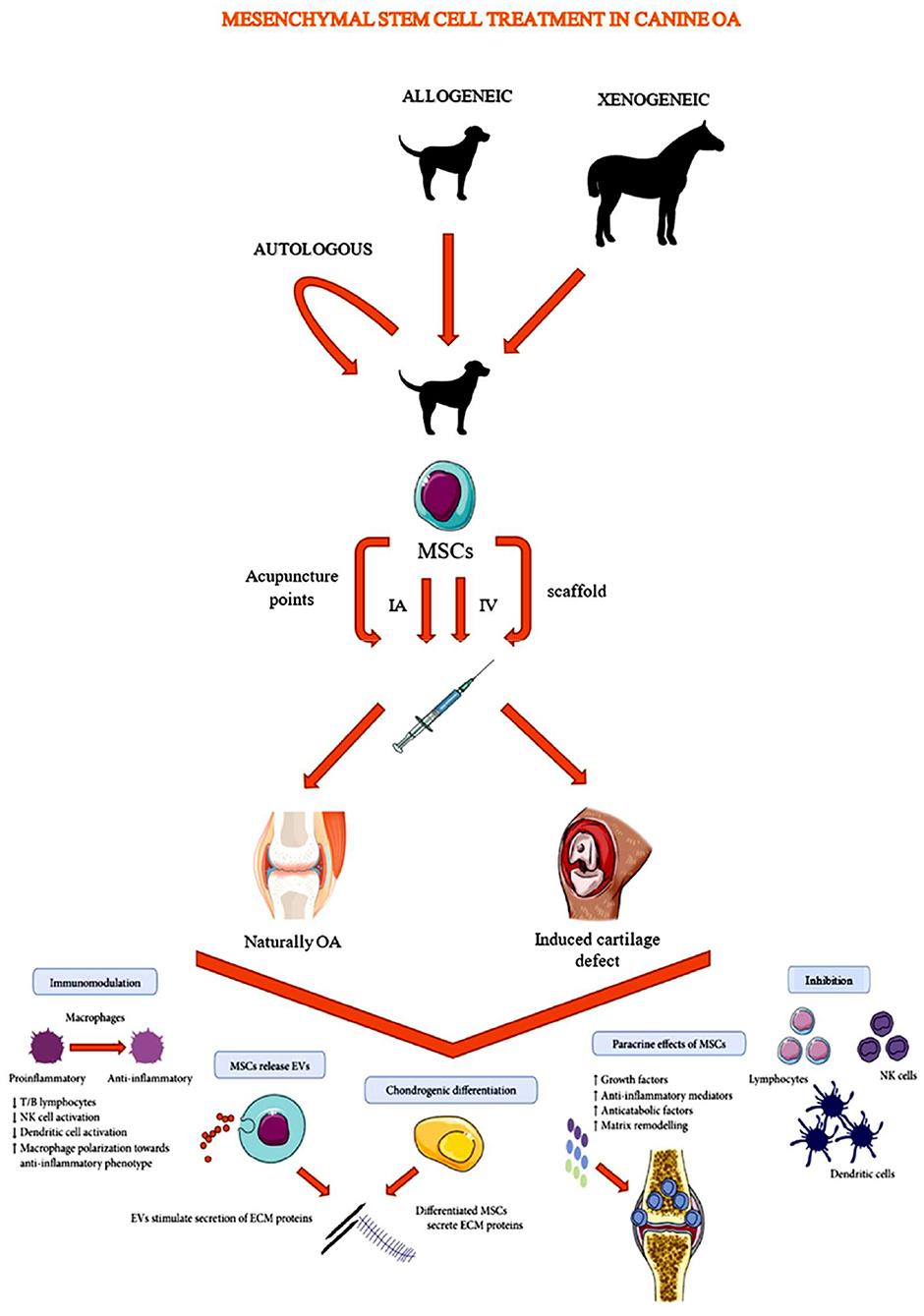
Breakthrough Techniques: Pioneering approaches in Veterinary Stem Cell Applications
Recent advances in stem cell therapy are reshaping veterinary medicine, offering new hope for pets struggling with conditions that were once deemed untreatable. Utilizing mesenchymal stem cells (MSCs) derived from adipose tissue and bone marrow, veterinarians are now able to harness the body’s regenerative capabilities more effectively than ever. These techniques not only enhance healing but also target inflammation and pain. the incorporation of advanced methodologies such as
- gene Editing: Tailoring stem cells to enhance their healing properties.
- 3D Bioprinting: Creating complex tissues that can be used for grafting.
- Exosome Therapy: Utilizing cell-derived vesicles to modulate immune response.
is transforming treatment protocols and enabling more personalized care for pets.
Moreover, researchers are focusing on the application of induced pluripotent stem cells (iPSCs), which are generated by reprogramming adult cells, thus eliminating many ethical considerations associated with embryonic stem cells. Potential applications of these innovative techniques include:
| Application | Description |
|---|---|
| Orthopedic Conditions | Repair of damaged ligaments and cartilage. |
| Autoimmune Disorders | Reconfiguring immune responses for autoimmune conditions. |
| Neurological Diseases | Potential restoration of nerve function through regeneration. |
These pioneering approaches not only enhance patient outcomes but also minimize recovery times, allowing pets to return to their playful selves sooner.
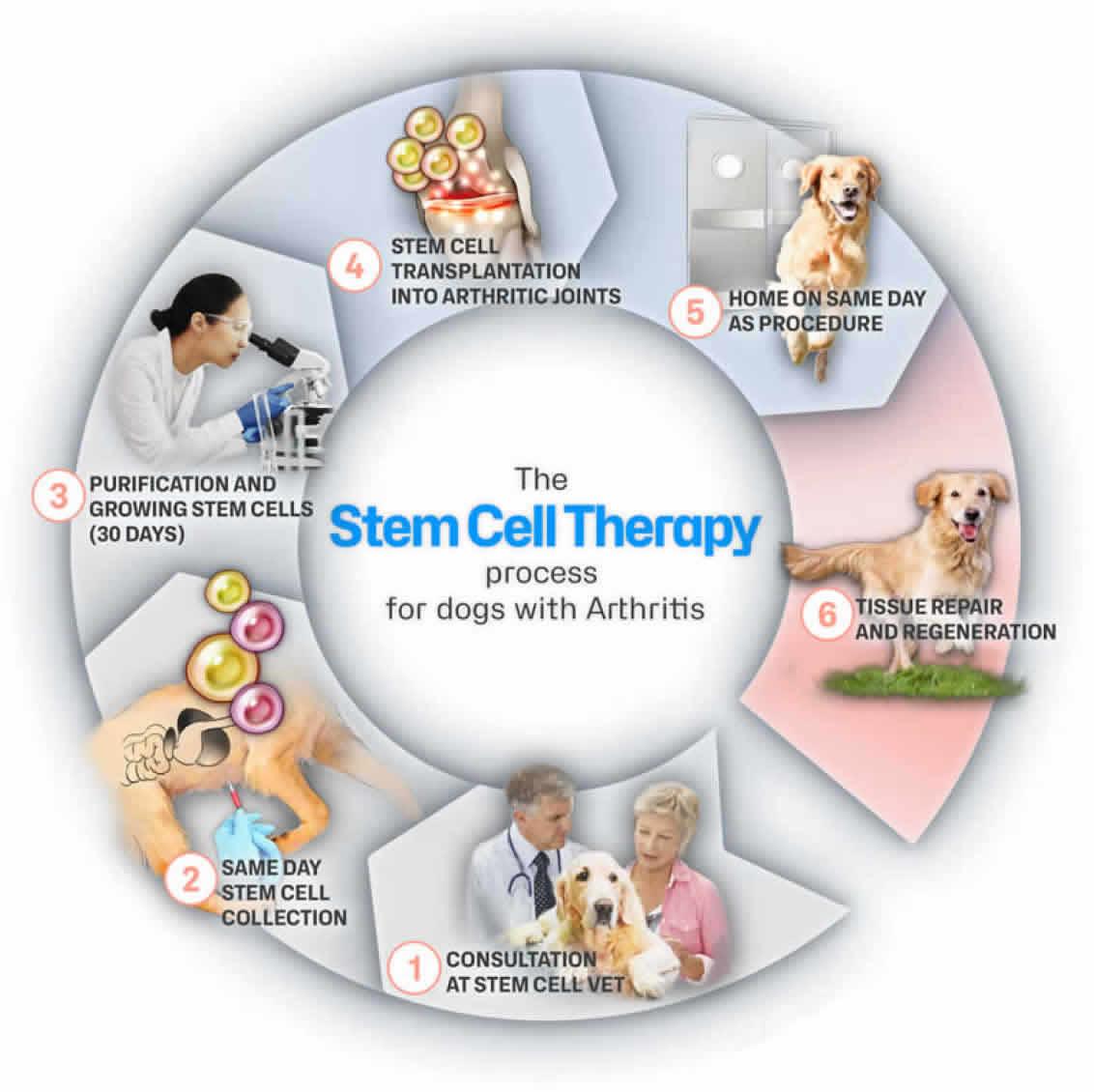
Real-Life Impact: Success Stories and Case Studies in Pet Stem Cell Treatments
Across the globe, the revolutionary use of stem cell therapy in veterinary medicine has sparked hope for many pet owners facing the heart-wrenching challenge of chronic illnesses or injuries in their beloved companions. in one remarkable instance, a golden retriever named Max, who suffered from severe arthritis and had trouble walking, found renewed vigor through stem cell injections derived from his own adipose tissue. Within weeks, Max’s mobility improved drastically, allowing him to chase after tennis balls and join his family on long walks once again. The life-changing outcomes for pets like Max demonstrate the profound potential of regenerative medicine in enhancing their quality of life.
Another inspiring example comes from Bella, a dachshund battling intervertebral disc disease. After undergoing stem cell treatment, she not only regained her ability to walk but also showed a significant reduction in pain and discomfort.Case studies like Bella’s and Max’s highlight the versatility of stem cell therapy. Here are a few key benefits observed in various treatments:
- Improved mobility: Pets can regain lost functions and engage in physical activities.
- Reduced pain: Stem cell treatments often lead to decreased reliance on pain medications.
- Faster recovery: Pets exhibit quicker healing from injuries or surgeries.
| Pet Name | Condition | Treatment Outcome |
|---|---|---|
| Max | Severe Arthritis | Increased mobility and energy |
| Bella | Intervertebral Disc disease | Regained ability to walk |
| Daisy | Hip Dysplasia | Major reduction in pain,active lifestyle |
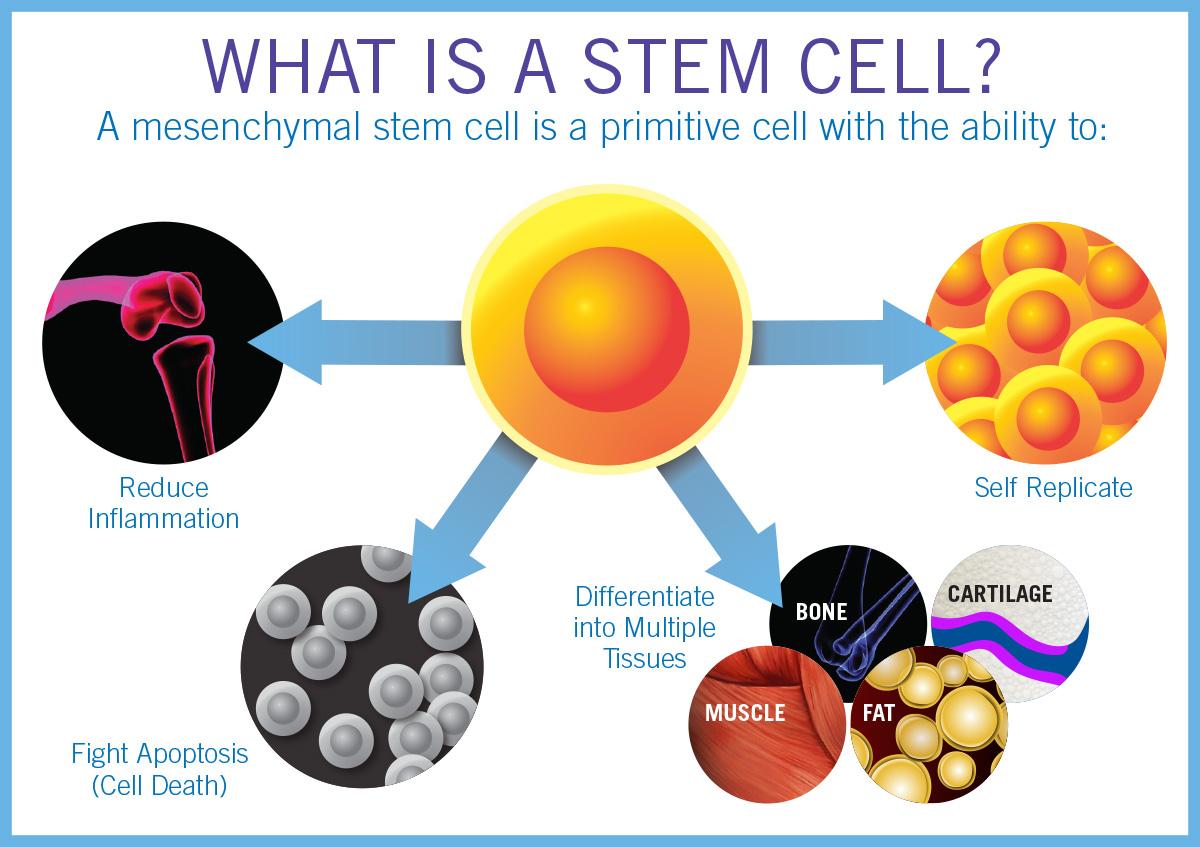
Navigating Options: Choosing the Right Stem Cell therapy for Your Furry Companion
Choosing the most suitable stem cell therapy for your pet can feel overwhelming, given the variety of options available. it’s crucial to consider several factors before making a decision that affects your furry friend’s health. Look for clinics that specialize in veterinary stem cell therapy and have a proven track record. Check if they utilize autologous stem cell therapy, which uses the pet’s own cells, minimizing the risk of rejection. Additionally, inquire about the types of conditions their treatments effectively address, such as:
- Arthritis and joint issues
- injuries and trauma recovery
- Degenerative diseases
- Skin conditions
Once you understand your options, it’s significant to evaluate the comprehensive care you will receive. Some clinics provide post-treatment follow-up, which can greatly enhance your pet’s healing process. Be sure to ask about their approach to pain management and rehabilitation. Preparing a comparison table can definitely help you visualize the differences in services and success rates among various practices:
| Clinic Name | Type of Therapy | Conditions Treated | Follow-Up Care |
|---|---|---|---|
| PetStem Clinic | Autologous | Arthritis, Injuries | Yes |
| VetRegen | Allogeneic | Skin Conditions | No |
| furryhealing | autologous | Degenerative Diseases | Yes |
Final Thoughts
As we conclude our exploration of the latest advances in stem cell therapy for pets, it becomes clear that we stand on the brink of a new era in veterinary medicine. The remarkable potential of stem cells to heal and regenerate offers hope not only for pets suffering from chronic conditions but also for their devoted owners who strive to provide the best possible care. As research continues to evolve and technology advances, the future of pet health is brighter than ever.
While these therapies open up exciting possibilities, it’s crucial for pet owners to remain informed and consult with veterinary professionals about the best treatment options for their furry companions.The journey we embark upon with our pets is full of challenges, but innovations like stem cell therapy remind us that the bond we share is worth every step taken towards their well-being.
In the ever-changing landscape of veterinary science, staying updated on these breakthroughs ensures that we can advocate for the health of our beloved pets with confidence and compassion. As we look ahead, let us embrace the promise of stem cell therapy, fostering a future where our pets can not only live longer but thrive in health and happiness.





